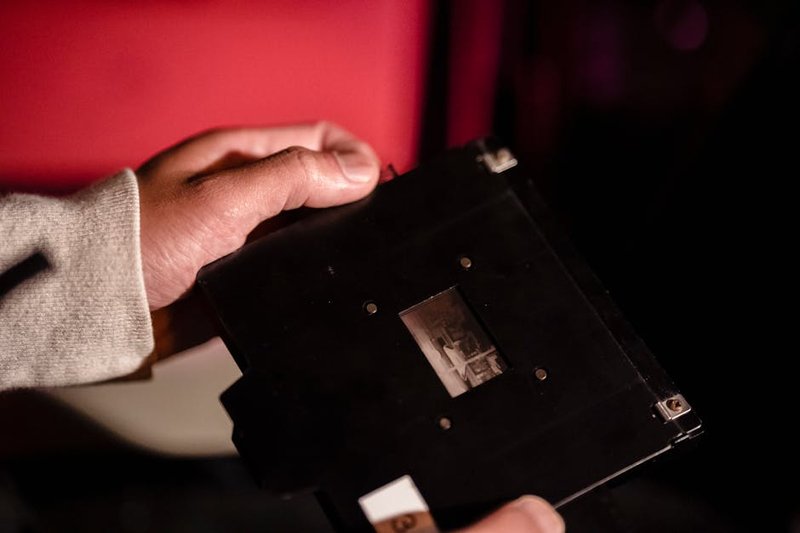Have you ever wondered why some technologies, despite their age, never truly fade away? As someone who’s spent years observing technological evolution, I’ve noticed a fascinating pattern: sometimes the most groundbreaking innovations come from repurposing what we already have, rather than constantly chasing the cutting edge.
The Source engine, created by Valve in 2004, exemplifies this principle perfectly. Despite being over 20 years old and technically replaced by Source 2, this remarkable piece of technology continues to power contemporary games and development projects. Its longevity isn’t just a quirk of gaming history—it’s a powerful lesson in how we might approach innovation in any field.
Source – The Staying Power of Sound Fundamentals
What makes some technologies persist while others become obsolete? In my experience, the answer lies in strong fundamentals. The Source engine was revolutionary for its time, introducing advanced physics, AI, and graphics capabilities that made games remarkably realistic while remaining scalable for less powerful hardware.
These core strengths—versatility, scalability, and solid foundational architecture—allowed Source to evolve through numerous branches and iterations. Even as newer technologies emerged, developers continued returning to Source because its fundamentals remained relevant.
This pattern repeats across industries. Consider:
– COBOL programming language from the 1960s still powers many banking systems
– The HTTP protocol, developed in the early 1990s, remains the backbone of web communication
– Analog synthesizers from the 1970s are still prized by musicians for their distinctive sound
The lesson? Building on strong foundations often outperforms constantly starting from scratch.

Source – Adaptability: The True Measure of Technological Value
What’s particularly noteworthy about Source is how it evolved over time. Through various branches, the engine has incorporated modern features:
– Advanced shader support
– Multiple rendering pipelines
– Sophisticated anti-aliasing options
– HDR lighting capabilities
– Deferred rendering for improved lighting performance
This adaptability demonstrates an important principle: the most valuable technologies aren’t necessarily the newest—they’re the ones that can evolve to meet changing needs while maintaining backward compatibility.
Think about your own work and life. Are you constantly discarding systems that still have value, simply because something newer has emerged? Consider instead how you might upgrade and adapt what already works, preserving institutional knowledge while incorporating fresh capabilities.
The Community Factor: When Users Become Innovators
Perhaps the most powerful aspect of Source’s longevity isn’t Valve’s official support—it’s the passionate community that continues developing with it. The engine has powered “countless community mods by people around the globe with at least 100 games developed on Source.”
This highlights a vital aspect of sustainable innovation: when you create tools that empower users to become creators, your innovation multiplies exponentially. The Source SDK (Software Development Kit) has allowed developers with varying levels of expertise to build upon Valve’s foundation, creating experiences the original developers never envisioned.
How might you apply this principle in your own field? Can you create frameworks, systems, or tools that enable others to build upon your work? When users become co-creators, everyone benefits:
– You gain fresh perspectives and applications
– The community develops valuable skills
– Your technology remains relevant through continued use
– The knowledge base expands organically
Practical Applications: Leveraging Legacy Systems
So how can you apply these lessons in practical ways? Here are strategies I’ve seen work effectively:
1. Audit Before Replacing – Source
Before discarding a technology or system, thoroughly assess what’s still valuable. Often, only portions need upgrading rather than the entire system. The Source engine maintained its physics and AI capabilities while upgrading its rendering systems over time.
2. Focus on Interoperability – Source
The most sustainable technologies play well with others. Source’s ability to integrate with modern graphics standards ensured its continued relevance. When building or choosing systems, prioritize those with robust APIs and integration capabilities.
3. Documentation Drives Longevity
Source’s continued use stems partly from its well-documented SDK. Clear documentation allows future users to build upon your work even when you’ve moved on. Invest time in documenting not just how your systems work, but the principles behind key decisions.
4. Build Modular Systems
Source’s branch structure allowed for incremental improvements without massive overhauls. Design systems with modularity in mind, so components can be upgraded independently as needed.

5. Nurture User Communities
The vibrant modding community around Source kept it relevant long after Valve might have preferred everyone move to Source 2. Create spaces for users to share knowledge, build upon your work, and support each other.
Finding Balance: When to Hold On, When to Let Go
Of course, there’s a fine line between wisely maintaining proven technologies and clinging to obsolescence. Source works today because it has continually adapted, not because it remained frozen in 2004. The key is discernment.
Ask yourself these questions when evaluating whether to maintain or replace a technology:
– Does it still fulfill its core purpose effectively?
– Can it be reasonably adapted to meet emerging needs?
– Does maintaining it consume disproportionate resources?
– Is there institutional knowledge worth preserving?
– Will replacement create more problems than it solves?
Remember that transition costs are often underestimated. The reason many companies still run “outdated” systems isn’t always inertia—it’s a pragmatic recognition of the hidden costs of change.
The Innovation Paradox
There’s a fascinating paradox at work in the story of technologies like Source. The most forward-thinking approach sometimes involves looking backward—understanding what has worked, why it worked, and how those principles can be applied in new contexts.
True innovation isn’t always about creating something entirely new. Often, it’s about making unexpected connections between existing ideas, repurposing old solutions for new problems, or finding the lasting value in what others have discarded.
I believe we’re entering an era where this approach will become increasingly valuable. As technology cycles accelerate, the ability to discern what’s truly worth preserving—and what can be respectfully set aside—becomes a crucial skill.
The next time you face the pressure to adopt something solely because it’s new, remember Source—a technology from 2004 still powering games in 2024. Ask yourself what fundamentals might transcend the immediate technological moment, and how you might build upon those foundations rather than constantly starting anew.
After all, innovation isn’t just about creating the future—it’s about bringing forward the best of what we already have.



